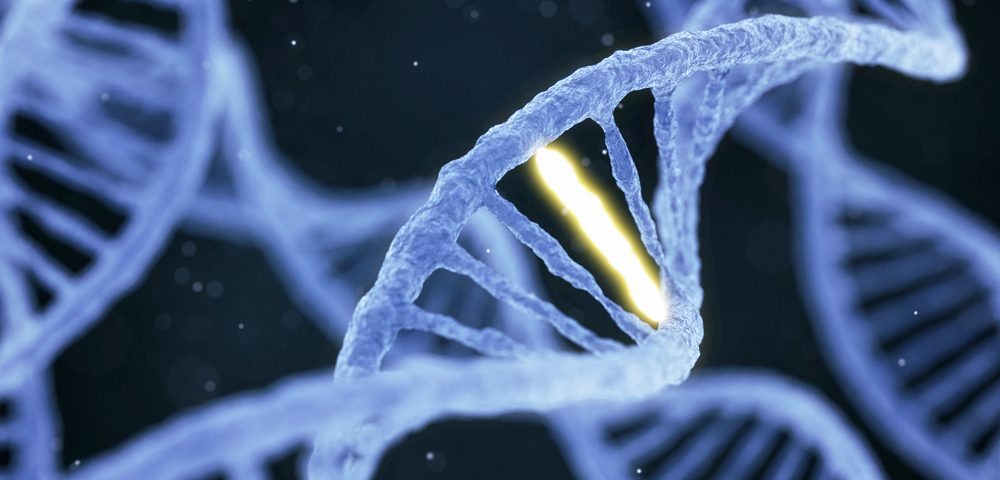Specific mutations in the BRCA1 gene may predict poor treatment responses in ovarian and breast cancer, according to two new studies published in The Journal of Clinical Investigation.
Mutations in the BRCA1 gene are one of the most common risk factors for hereditary breast and ovarian cancers, as this protein is involved in a number of cellular processes, including DNA repair, cell cycle control, and regulates the expression of other genes. In fact, people with BRCA1 mutations exhibit an 80 percent to 90 percent lifetime risk of hereditary breast cancer, and 40 percent to 50 percent lifetime risk for hereditary ovarian cancer.
Patients with such mutations often respond well to initial platinum-based therapy, and several PARP inhibitors currently under advanced-stage clinical investigation have proven beneficial in treating these people. But resistance to this treatment invariably arises, and is considered a major clinical challenge. One of the most common mechanism through which tumor cells develop resistance to such treatments is through secondary mutations in the BRCA1 and BRCA2 genes.
The study “BRCA1185delAG tumors may acquire therapy resistance through expression of RING-less BRCA1,” conducted by Netherlands Cancer Institute researchers, found that one of the most common BRCA mutation, BRCA1185delAG, gives rise to a protein that lacks a structural domain, called RING domain. Importantly, loss of the RING domain in both mice and human breast tumors predicted poor treatment responses, suggesting that the lack of this domain can be used in the clinic to predict how patients will respond to treatment.
In parallel, researchers at the Fox Chase Cancer Center in Philadelphia, led by Neil Johnson, described the mechanisms through which the BRCA1185delAG mutation induces resistance to cisplatin and PARP inhibitors in their study, “RING domain–deficient BRCA1 promotes PARP inhibitor and platinum resistance.”
Usually, platinum-based chemotherapy is effective in BRCA1-deficient breast and ovarian cancers because this type of treatment induces DNA damage, to which BRCA1-mutated cells are more susceptible than cells with normal BRCA1. However, the mutation described in these studies, when expressed at high levels, is also able to contribute to DNA damage repair, making these cancer cells less susceptible to therapies that induce damage to their DNA.
Further work is now required to understand the exact impact these events have on chemotherapy responses and survival outcomes, and to address the incidence of such mutations.

